Description
Osmunda regalis
This is our splendid native Royal Fern. Whilst the frond are a little simpler than many ferns, being just bi-pinnate, their scale makes this a very fine site. A well grown specimen can easily, if slowly, reach 1.5m in height for which it really needs a position next to water. It has a desire for a wet position, but will tolerate an ordinary site, though with consequent lack of stature. Sometime this fern is called the flowering fern, a name it gets from the fact that the fertile fronds are quite different from normal, being reduced and held erect in the middle of the crown. Said to be intolerant of lime, but this is not always borne out. The fronds can take on lovely autumn tints. Deciduous
Ferns
The cultivation of ferns is a huge subject, way beyond the scope of the few words I will write here. However I’ll do my best to give some notes on each genus and its peculiarities of cultivation and any other information that strikes me as interesting.
The craze for growing ferns originates in the Victorian age, gaining momentum in the latter half of the 19th Century. Fuelled by and explosion of literature Victorians went forth into the countryside to study and collect native specimens by the armful. Just as there was huge interest, so a multitude of varieties and variations were spotted, collected and names. Many, many are now lost, but some still remain and can frequently be identified by the now outlawed Latinised cultivar names such as Polystichum setiferum ‘Plumosum Densum’.
Whilst most ferns enjoy misture and a soil that never dries out completely, the requirement for water is not as necessary as many might believe. In fact, the list of ferns that enjoy a boggy site is probably much smaller than a list of those that will tolerate a dry site. Athyrium, Osmunda and Matteuccia are amongst the wettest lovers. Try these pages for more information on moisture requirements.
A generalisation would be that ferns like a fertile soil with good drainage. Many grow very well on shady banks. They frequently do best in bright shade, with most ferns being able to take a reasonable amount of sun providing that they do not endure full sun during the middle of the day. Asplenium is perhaps the most notable exception, with its leaves sometimes scorching.
As regards PH, most ferns will grow quite happily in any soil that doesn’t have and extreme of either acidity or alkalinity. If you were to rank them, Dryopteris, Athyrium and Osmunda would prefer a soil on the acid side, with Polystichum and Asplenium preferring in t alkaline. This however should be taken a s a guide not a strict prescription.
So to sum up, provided you can avoid a sunny South facing bank, or dry site on sand, you are likely to have success with ferns in a wide range of positions and soils. You might like to look at the following two pages to help refine your choices.


















































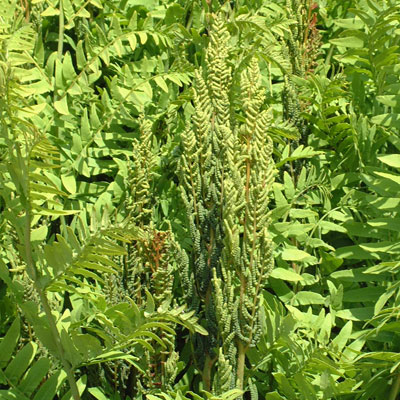
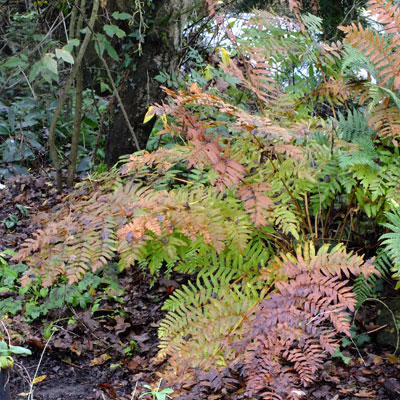

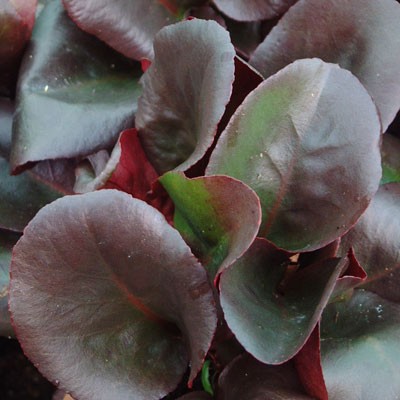
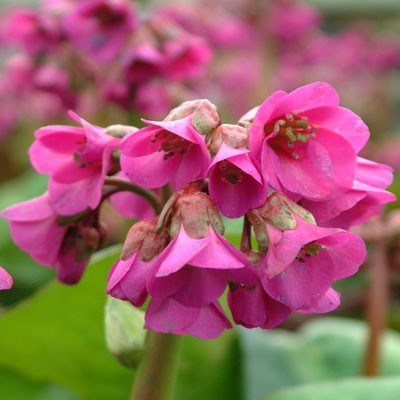
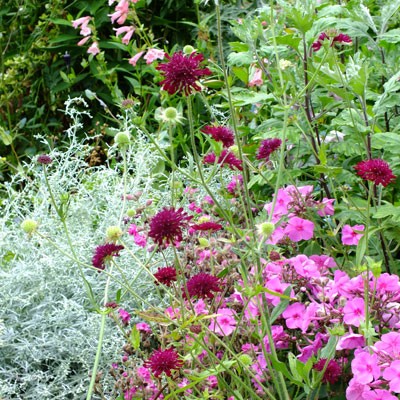
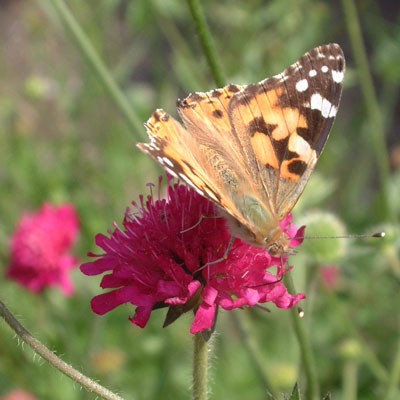
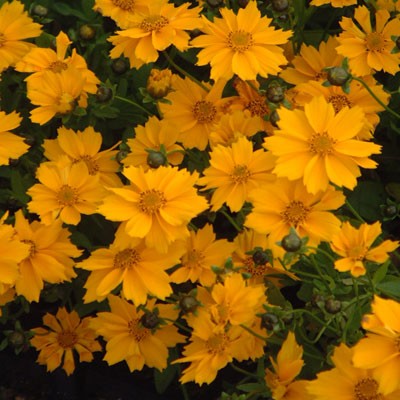

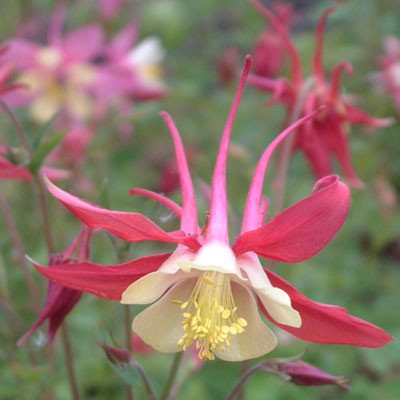
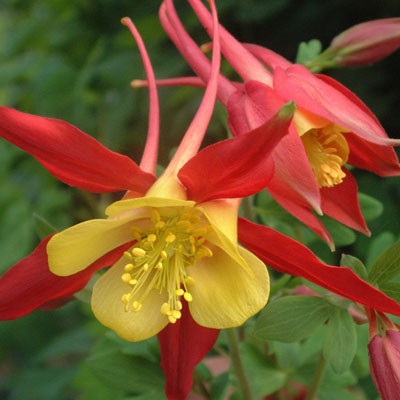
Reviews
There are no reviews yet.